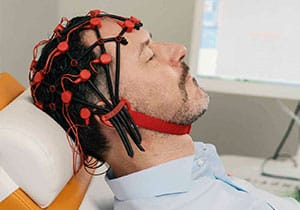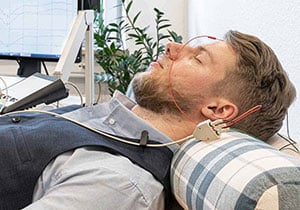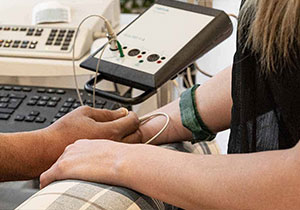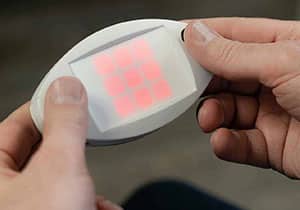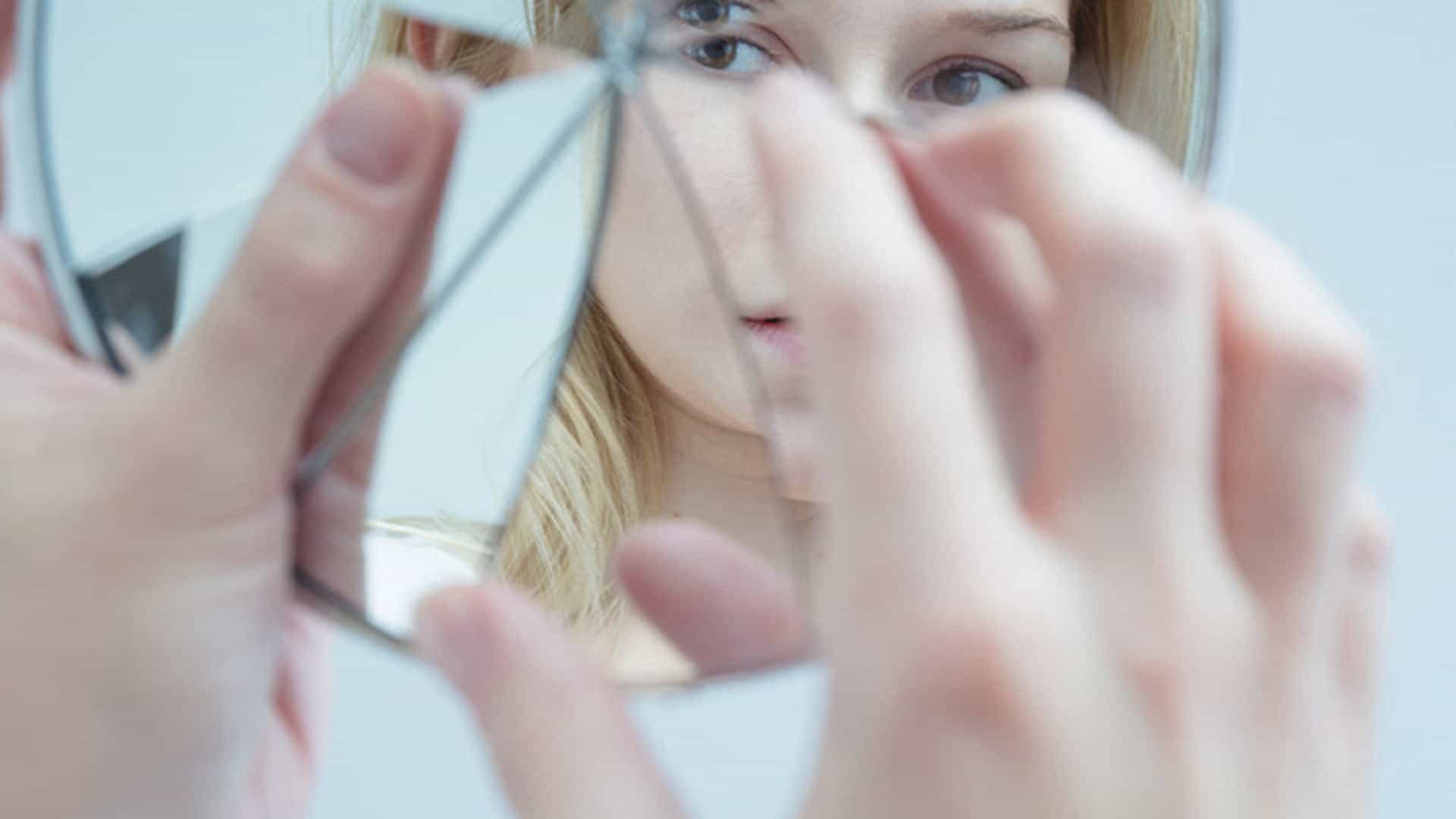
Bipolar disorder
Bipolar disorders are severe chronic mental illnesses characterized by manic and depressive mood swings. Mania presents itself as an exaggerated feeling of elation and those affected are usually overactive, euphoric or irritable at the same time. This phase is followed by more or less pronounced depression, with a depressed mood, listlessness and sadness. The mood swings occur episodically and independently of the current life situation.
Bipolar disorder: symptoms
Symptoms in the depressive phase
In the depressive phases, the clinical picture resembles depression. The main symptoms then include
- Depressed mood
- Loss of interest and joy
- Lack of drive
- Sleep disturbances, especially sleep disorders in the second half of the night
- Concentration and thinking disorders
- Feelings of guilt
- Self-doubt
- Suicidal thoughts
Bipolar disorder: symptoms in the manic phase
In phases of mania, the previously depressive mood changes completely. This phase is not always easy to recognize at first. Those affected are often initially more active and in a more positive mood than in the depressive phase. It can also remain with this weakened form of mania. This is known as hypomania.
- Overactivity
- Overconfidence and recklessness
- Delusions of grandeur
- Creative potential

